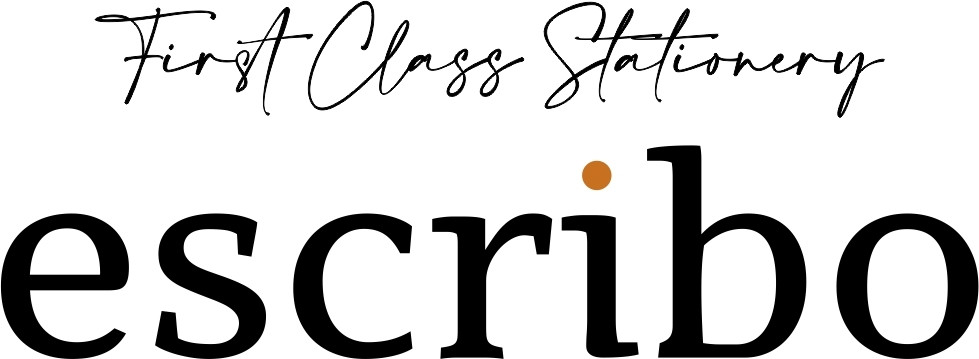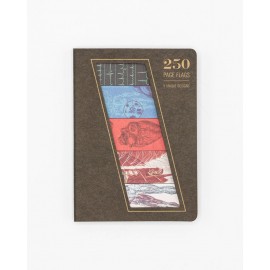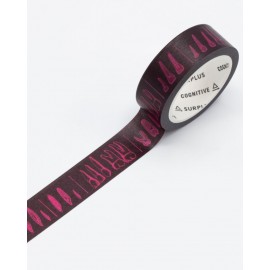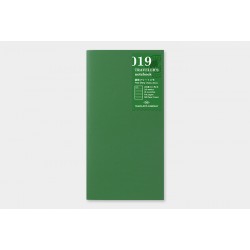A unique undated weekly planner with a cover inspired by the anatomical structure of the brain.
The brand is inspired by themes from the world of science and aims to inspire further discovery.
The undated weekly planner consists of:
- 2 weekly schedule pages,
- 12 alternating monthly/weekly calendars,
- 12 pages for dotted notes.
Cognitive Surplus creates sustainable products. The paper used for the notebooks was obtained from recycled sources and is acid-free.
Material | Recycled paper
Size | 121 x 203 mm
Number of pages | 144
Designed in the state of Oregon.
Paper milled in Japan
Manufactured in China.






















